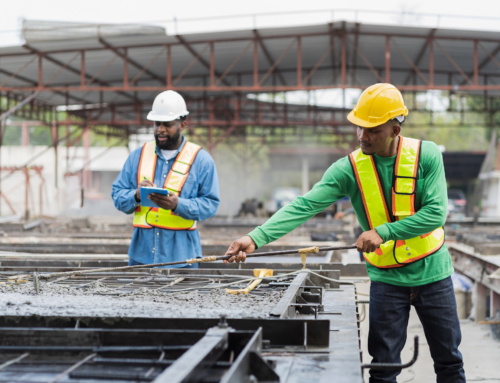A resilient steel-framed city has been rebuilt after the Canterbury earthquakes of 2010-2011 destroyed Christchurch Central Business District (CBD).
A recent study investigated 74 buildings through interviews with over 60% of the structural designers after the reconstruction of the New Zealand city.
The demand for buildings that could withstand natural disasters was high in hopes to minimize potential damage towards the structures and business operations after an earthquake. With careful consideration and intention to create more durable and seismically resilient structures, unlike the previous reinforced concrete frames and walls, engineers and owners opted for structural steel systems in 88% of all buildings.
The decision to build with majority steel was made based on:
- The advantage of fast erection times (including cost savings) that allowed for quicker construction speed
- The low price of steel in comparison to previous years
- The benefits of lighter structures to accommodate Christchurch’s poor soil conditions
- Little section overstrength that delivered efficiency in design, as well as the ability to design for fires
- Compatibility with economical flooring systems
- Structural performance in case of future natural disasters, including features such as new low-damage technology that could be easily incorporated into a steel structure, durability and reparability








